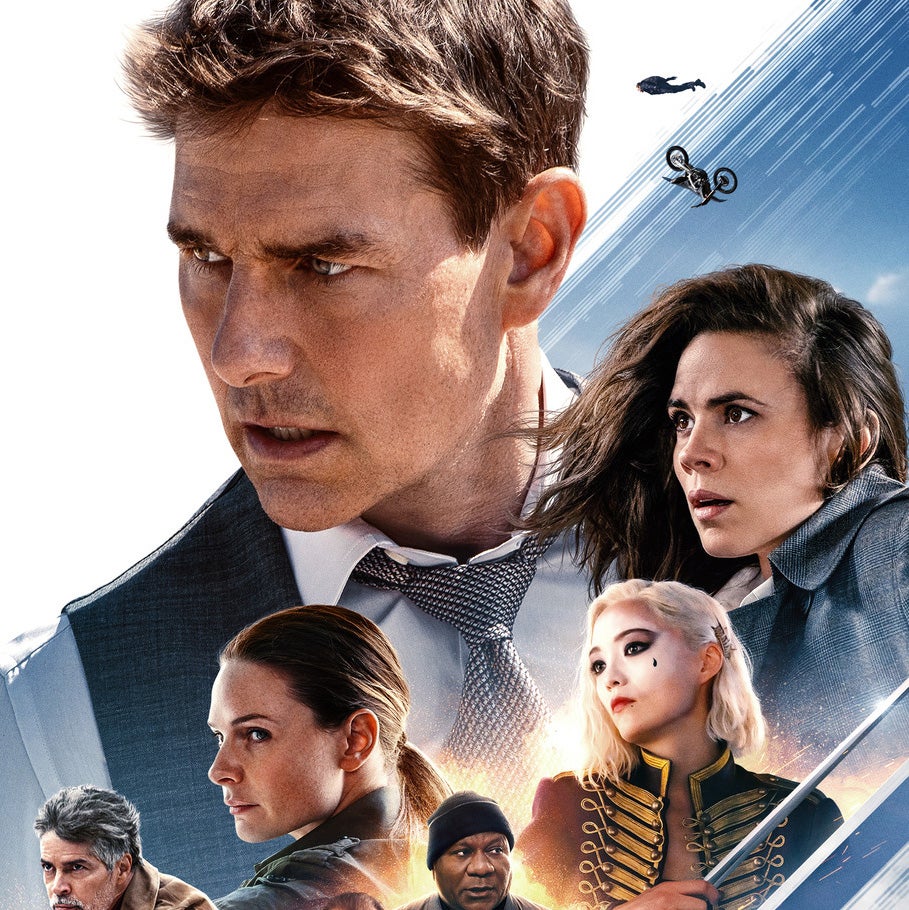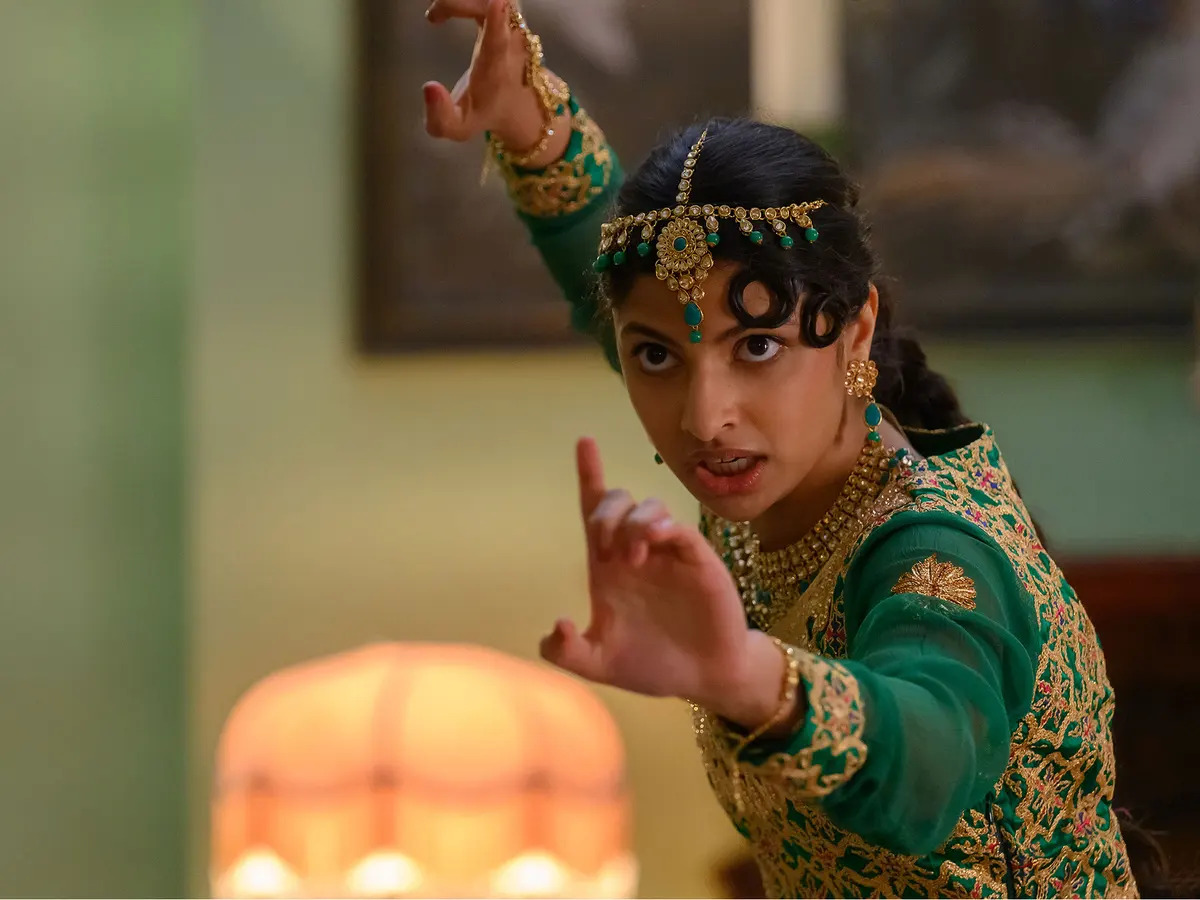The Iliad begins, “Sing, O goddess, of the anger of Achilles.” It is a story about love, honor, betrayal, fate, ambition, and of course, hubris. And it is the adventure of the best warrior there ever was or will be. This movie is the watered-down, greatest hits, Classic Comics version. It’s mostly about the fighting. And Achilles doesn’t rage so much as pout and glower.
Paris (Orlando Bloom), son of Priam (Peter O’Toole), the king of Troy, steals the wife of Menelaus (Brendan Gleeson). She is Helen (Diane Kruger), the most beautiful woman in the world. Menelaus and his brother, Agamemnon (Brian Cox) go to war against Troy, partly because of Helen, but more because it is an excuse to conquer the Trojans.
Achilles (Brad Pitt) does not admire Agamemnon or his reasons for going to war. But he has his own reasons. His mother (Julie Christie) tells him that he has a choice between having a short life but being known forever as the greatest warrior on earth, or living a long and peaceful life and being known by his son but have no “name” after death. Whether we think of Achilles as driven by the gods, fate, temperament, events in his childhood, or some sort of rational assessment of his options, he seems ineluctably hurtled into the life of a warrior.
The diplomatic Odysseus says, “Let Achilles fight for honor, let Agamemnon fight for power, and let the gods decide which man to glorify,” and so Achilles agrees to go to battle, bringing his faithful soldiers, the Myrmidons, and his beloved cousin Patroclus. Agamemnon leads a thousand ships to the walled city of Troy and Achilles and the Myrmidons sail with them, ignoring Agamemnon’s orders and landing to attack before any of the other ships gets to shore.
As the battle ends, Achilles tells his troops they can ransack the temple of Apollo. He sees Priam’s older son, Hector (Eric Bana), but lets him go: “Why kill you now, Prince of Troy, with no one here to see you fall?” If he is to have eternal glory, he knows he must be as much showman as warrior.
The huge armies battle, but in the movie, as in the book, the key confrontation is between Achilles and Hector. Paris has been unable to maintain his honor in a one-to-one battle with Meneleaus, and it is left to their representatives to battle to the death. Hector asks Achilles if he will agree that whoever loses will receive full burial rites. And we finally see Achilles’ fury as he refuses. When it is over, Priam risks his own life to plead for the return of his son’s body, and Achilles agrees. In The Iliad, Homer repeatedly calls Achilles “god-like,” until he shows compassion for Priam and Hector. Then, Homer believes, he is a man.
These two scenes are key not just to The Iliad but to of all of Western literature, and it is thrilling to see them on screen. But the rest of the long (nearly three hour) movie is uneven and unsatisfying. The dialogue is as inconsistent as the accents, with modern pronouncements like “we need to talk” and “do it!” alternating with ponderous approximations of classical meter. The script adds a distracting and superfluous love interest for Achilles. In an attempt to make one of history’s greatest epic sagas manageable on screen, the movie tells us both too much and too little about what is going on. It keeps reminding us about everyone’s passion for a place in history but does not show us enough about who the characters are and why their destinies are so entangled. And whose idea was that inside-the-helmet view of a confrontation?
Brad Pitt handles the fight scenes well and he is better looking than Helen of Troy, but he is not Achilles and you don’t for one second believe that he could live any time but the present or that he has ever felt an emotion stronger than being annoyed. Even in armor, screaming for battle, he looks like he is wearing blue jeans and cheering on the Rangers. Without the gods in the story, a lot depends on believing in the passion between Paris and Helen, but Bloom and Kruger barely register on screen. Bana, Cox, and Gleeson manage fairly well, but it is O’Toole who brings grace, dignity, and sheer star power to the story.
Parents should know that the movie is about a war and it has almost-constant battle violence with graphic and brutal injuries. The weapons include knives, swords, spears, arrow, and fire. Many characters are killed. The movie also has sexual references and situations and brief nudity. A virgin priestess is made available to the soldiers for rape as part of the spoils of war, but this is unacceptable to one of the warriors.
Families who see this movie should talk about how this story has continued to be vital and meaningful for generations throughout the centuries. Which elements of the story are relevant to contemporary conflicts? The treatment of prisoners? The role of advisors? Achilles was given the choice between a happy life and eternal fame. Why did he decide in favor of glory? What did he mean by saying that the gods envy us because we are mortal?
Families who enjoy this film should read selections from The Iliad, particularly the Robert Fagles translation. There are many online resources and study guides. Other film versions of this story include the miniseries Helen of Troy.






